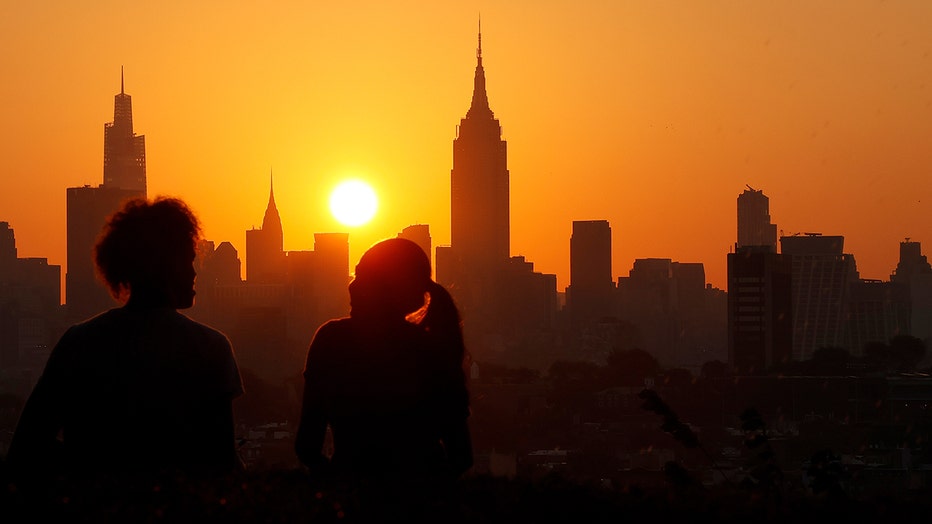These cities feel a lot hotter than the actual temperature due to urban heating

Climate activist Sage Lenier at Web Summit
Climate Activist Sage Lenier takes the stage at the Lisbon Web Summit to discuss necessary changes as the world grapples with climate change.
A new study shows how and where temperatures are rising due to urban heat islands and the characteristics of the built environment.
Climate Central analyzed the urban heat island (UHI) index in more than 37,000 census block groups across 65 major U.S. cities to understand where urban heat is most intense within each city and estimate how much hotter these areas are due to the built environment.
According to the organization, the three biggest factors that impact the UHI index are albedo (the fraction of incoming solar radiation reflected or absorbed by the surface), percentage of green space and population density.
The data revealed urban hot spots in each city – whether concentrated in an urban core like Cincinnati or sprawling across a vast developed area like Houston.

The sun rises behind the skyline of midtown Manhattan and the Empire State Building as a heatwave continues in New York City on September 6, 2023, as seen from Jersey City, New Jersey. (Credit: Gary Hershorn/Getty Images)
Across all 65 cities, the researchers found that the total population living in census block groups with a UHI index of 8°F or higher was 33.8 million — or 68% of the 50 million people included in this analysis.
In other words, most residents of these 65 cities live in neighborhoods with average or above-average urban heat intensity.

80% of homebuyers consider climate and weather risk before purchase
FOX Weather sat down with Manny Garcia, Senior Population Scientist for Zillow to discuss the company's finding that the vast majority of shoppers factor climate risk into the purchase of a home.
The researchers found that six cities had at least 1 million people exposed to an UHI index of 8°F or higher — meaning that on a day when temperatures in a park outside the city are 90°F, it feels like 98°F or higher.
Those six cities included: New York, Los Angeles, Houston, Chicago, San Antonio and Dallas.
EARLIER: Monday was the hottest ever recorded day on Earth, data shows
In 12 cities, the study also found that more than eight out of every 10 people experience at least 8°F more heat due to the urban heat island effect.
- Newark, New Jersy
- Ft. Myers, Florida
- West Palm Beach, Florida
- Detroit, Michigan
- San Antonio, Texas
- Norfolk, Virginia
- Tampa, Florida
- Spokane, Washington
- Tulsa, Oklahoma
- New York, New York
- Dayton, Ohio
- Dallas, Texas
You can find the full report here.
While scientists and experts say the entire planet is warming due to human-caused climate change, the built environment further amplifies both average temperatures and extreme heat in cities.
Climate Central said planting street trees and installing cool roofs and pavements are among the ways to reduce local heat islands.
This story was reported from Los Angeles.

